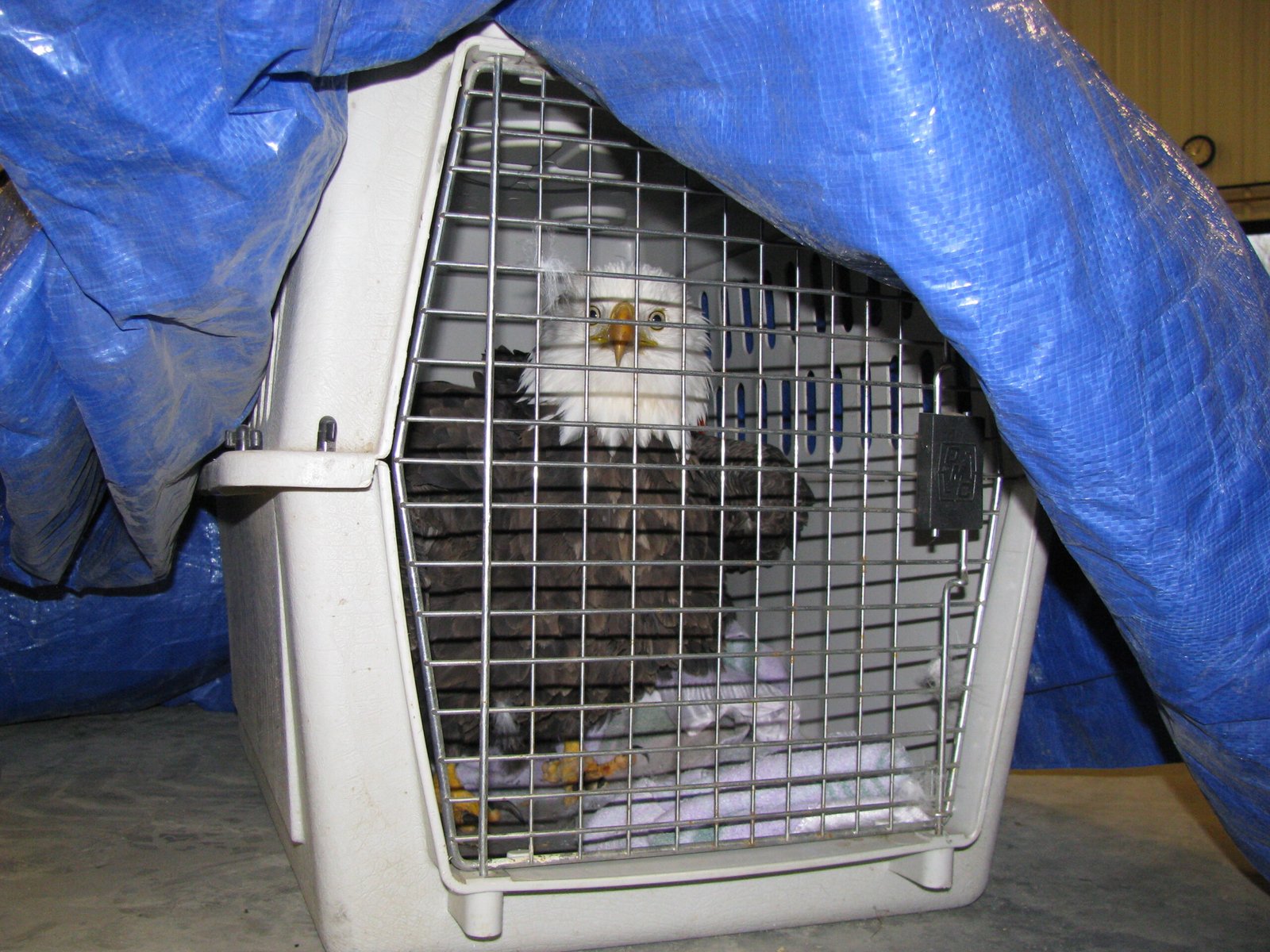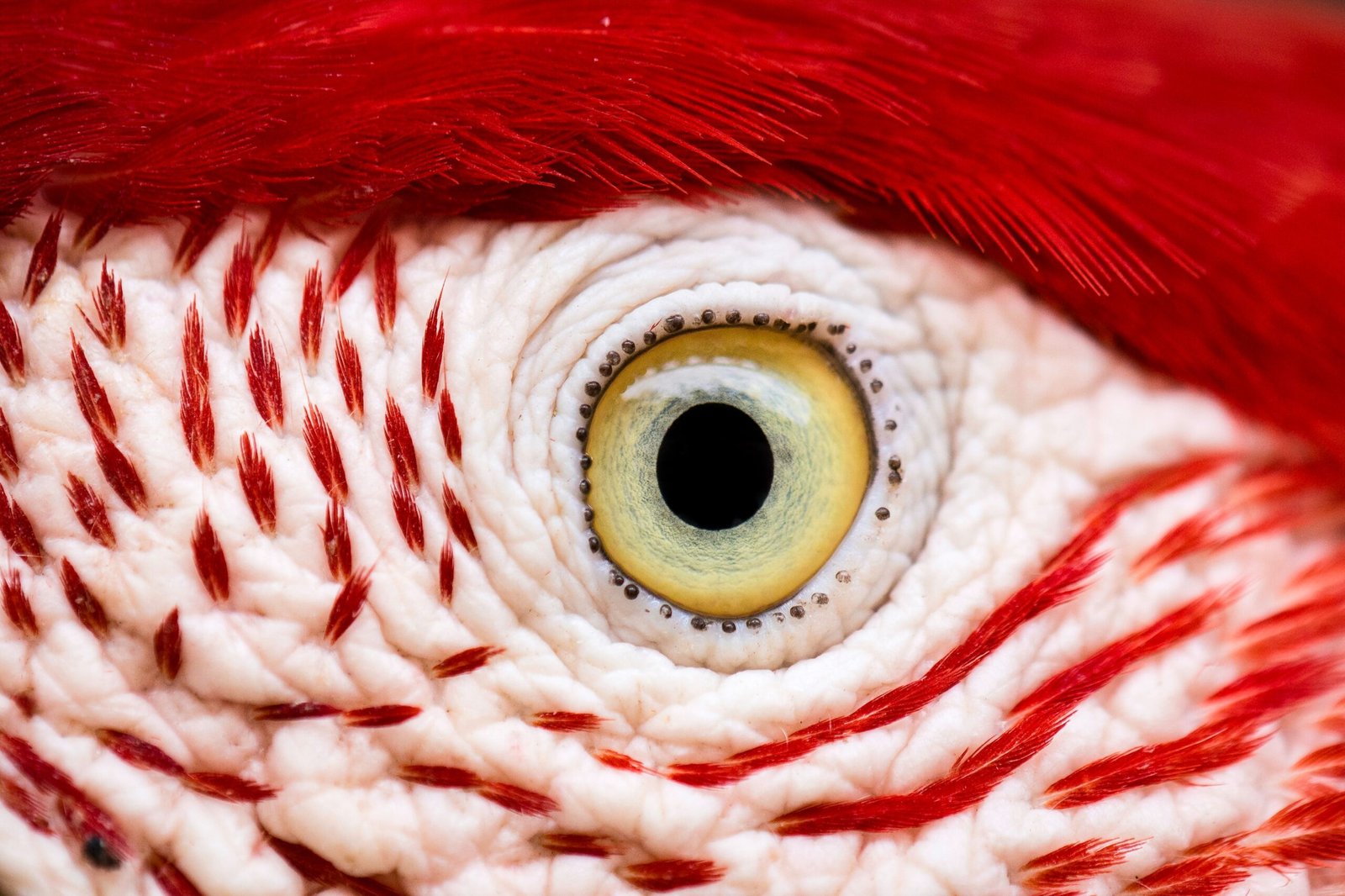Imagine living in a world where your pain has no words, where your cries are silent and your suffering invisible to those around you. For millions of animals, this is reality. The ache of a broken bone, the sharp sting of an injury, or the slow burn of disease often goes unnoticed simply because these creatures cannot tell us how they feel. Yet, their pain is real—just as real as ours. The challenge of uncovering these hidden stories is both a scientific puzzle and a moral call. In the shadows of our world, animals endure their struggles quietly, and it is up to us to listen with more than our ears.
The Hidden Language of Animal Pain
Animals express pain differently from humans. Instead of words, they communicate through subtle changes in behavior, body posture, and even facial expressions. A limping dog, a cat that hides under the bed, or a horse refusing to eat—these are all signs that something is wrong. For prey animals like rabbits or deer, pain is masked even more, as showing weakness could mean becoming someone else’s meal. Researchers have learned to look for these secret signals. By observing how animals move, react to touch, or even make eye contact, scientists can piece together clues about their discomfort. This hidden language challenges us to be more perceptive and compassionate towards creatures who cannot speak for themselves.
Body Language: The Silent Cry

The way animals carry themselves can reveal volumes about their wellbeing. An animal in pain might hunch its back, move slowly, or avoid using a certain limb. Cats may tuck themselves into tight corners, while dogs may whimper, tremble, or avoid play. Horses often shift their weight from one foot to another or pin their ears flat against their heads. Even fish, often thought of as emotionless, may rub against tank walls or swim erratically when suffering. These small shifts in posture and movement are their way of whispering for help. Understanding these signals is like learning a new dialect—one that demands patience, empathy, and attention to detail.
Facial Expressions: Unmasking the Suffering
Recent research has revealed that animals can show pain on their faces, much like humans. Scientists have developed “grimace scales” for animals such as mice, rabbits, and horses, which focus on features like ear position, eye shape, and tension in the lips and nose. For example, a mouse in pain may squint its eyes and flatten its cheeks, while a horse might tighten its jaw and flare its nostrils. These facial cues can be incredibly subtle, often missed by the untrained eye. Yet, for those who pay close attention, these expressions are emotional windows into the animal’s inner world, revealing suffering that would otherwise go unnoticed.
Behavioral Changes: From Playfulness to Withdrawal

One of the clearest signs that an animal is hurting is a sudden change in behavior. A once playful puppy might become listless and withdrawn. Birds may stop singing, or a rabbit might stop grooming itself. These shifts can be dramatic or barely perceptible, but they all point to a deeper issue. Animals under chronic pain often lose interest in food and social interactions. This withdrawal is not just a sign of physical pain; it can indicate emotional distress as well. By monitoring these changes, caretakers and veterinarians can detect hidden suffering and intervene before conditions worsen.
The Science of Animal Pain: What We Know

Scientific understanding of animal pain has evolved rapidly in recent years. Studies have shown that mammals, birds, and even some reptiles and fish possess the neurological structures necessary to experience pain. The presence of nociceptors—specialized nerve cells that detect harmful stimuli—confirms that animals can feel hurt, just as we do. Painkillers and anesthetics that work on humans often have similar effects in animals, further supporting the idea that their experience of pain is genuine and not just a reflex. This growing body of research challenges old beliefs that animals are unfeeling or mechanical, and demands that we reconsider how we treat them in labs, farms, and homes.
Challenges in Recognizing Pain Across Species
Identifying pain in animals is not a one-size-fits-all process. Every species presents unique challenges. What looks like pain in a dog may not apply to a chicken or a snake. Prey animals are especially skilled at hiding pain, an evolutionary adaptation that helps them avoid predators. Insects and invertebrates pose an even bigger mystery—do they feel pain, or do they simply react? The debate continues, but more scientists are leaning toward giving animals the benefit of the doubt. This uncertainty makes it essential to err on the side of caution, treating any signs of distress as seriously as possible.
Animal Pain in the Wild: Nature’s Stoics

Wild animals rarely show obvious signs of pain, and for good reason. A limping gazelle might survive an injury, but if it shows weakness, it becomes an easy target. As a result, many wild creatures disguise their suffering until they are alone or until their injury is too severe to hide. Observers have noted that wolves, for example, may isolate themselves from the pack when injured, returning only when they have recovered or when the pain becomes unbearable. This stoic behavior is both awe-inspiring and tragic, as it means many wild animals suffer in silence, far from the eyes of compassionate humans.
Domesticated Animals: Pain in Plain Sight
Pets and farm animals live much closer to humans, making it easier—yet not always easy—to spot their pain. Dogs, cats, horses, cows, and even chickens can develop chronic conditions or injuries that go unnoticed. Sometimes, pet owners mistake subtle signs of pain for aging or personality changes. A cat that stops jumping onto the couch or a dog that lags behind on walks may be silently suffering from arthritis or injury. Farm animals, often kept in large numbers, may not get the individual attention needed to spot these changes. Recognizing pain in these animals is not just an act of kindness; it’s a responsibility we all share.
Veterinary Breakthroughs: Listening to the Unspoken

Modern veterinary medicine is making impressive strides in recognizing and managing animal pain. New diagnostic tools, like thermal imaging and pressure mats, help detect injuries that might not be visible to the naked eye. Pain scales and behavior checklists have been developed for different species, empowering veterinarians and animal caretakers to provide more targeted relief. The field is also embracing new pain management techniques, from acupuncture to advanced drug therapies. These breakthroughs are giving animals a better quality of life and offering hope that silent suffering will one day become a thing of the past.
Ethical Implications: Our Duty to Listen
The realization that animals experience pain just as vividly as humans brings with it a heavy ethical burden. If we know that animals can suffer, ignoring their pain becomes not just a failure of imagination, but a moral failing. This understanding urges us to look beyond convenience or tradition and see the lives behind the eyes of every animal. Whether in research labs, on factory farms, or in our own homes, the call to minimize suffering has never been clearer. The way we respond to animal pain is a measure of our own humanity.
Simple Steps to Recognize and Relieve Animal Pain
You don’t need to be a scientist to make a difference in an animal’s life. Simple observations—like noticing changes in appetite, grooming habits, or social interactions—can be lifesaving. Learning the basic signs of pain for common pets can empower anyone to act. Regular checkups with veterinarians, gentle handling, and providing comfortable living conditions are all ways to reduce suffering. By sharing knowledge and compassion, we can create a world where fewer animals have to suffer in silence.
Reflection: The Unheard Voices Among Us

The silence of animal suffering is not emptiness—it is filled with messages waiting to be heard. Every twitch, every withdrawn glance, every limp is a whisper for help. By learning to see pain where there are no words, we become better stewards of the living world. What changes might we spark, if we truly listened to those who cannot speak?



